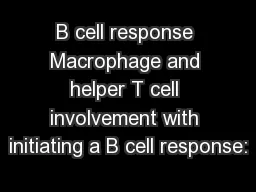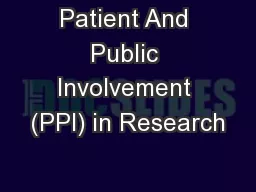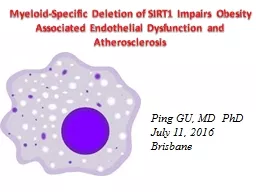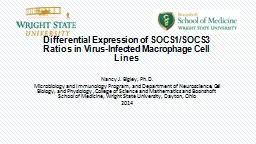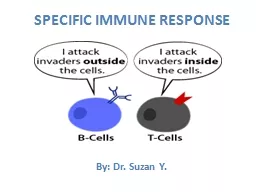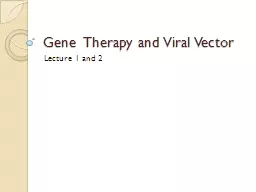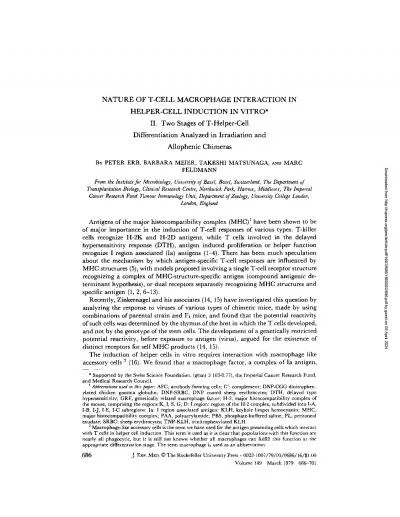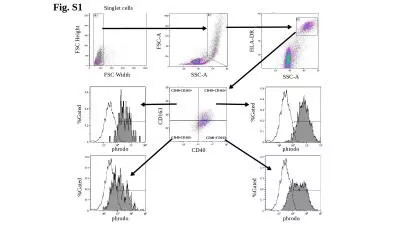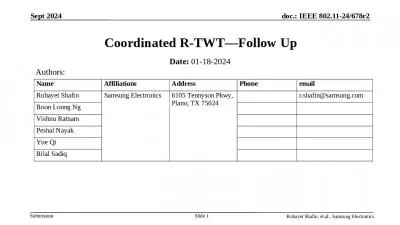PPT-B cell response Macrophage and helper T cell involvement with initiating a B cell response:
Author : marina-yarberry | Published Date : 2018-12-21
Antigen fits with this B cell Different B cell clones Making antibodies Many plasma cells Some memory cells When specific B cells are activated they multiply Some
Presentation Embed Code
Download Presentation
Download Presentation The PPT/PDF document "B cell response Macrophage and helper T ..." is the property of its rightful owner. Permission is granted to download and print the materials on this website for personal, non-commercial use only, and to display it on your personal computer provided you do not modify the materials and that you retain all copyright notices contained in the materials. By downloading content from our website, you accept the terms of this agreement.
B cell response Macrophage and helper T cell involvement with initiating a B cell response:: Transcript
Download Rules Of Document
"B cell response Macrophage and helper T cell involvement with initiating a B cell response:"The content belongs to its owner. You may download and print it for personal use, without modification, and keep all copyright notices. By downloading, you agree to these terms.
Related Documents

